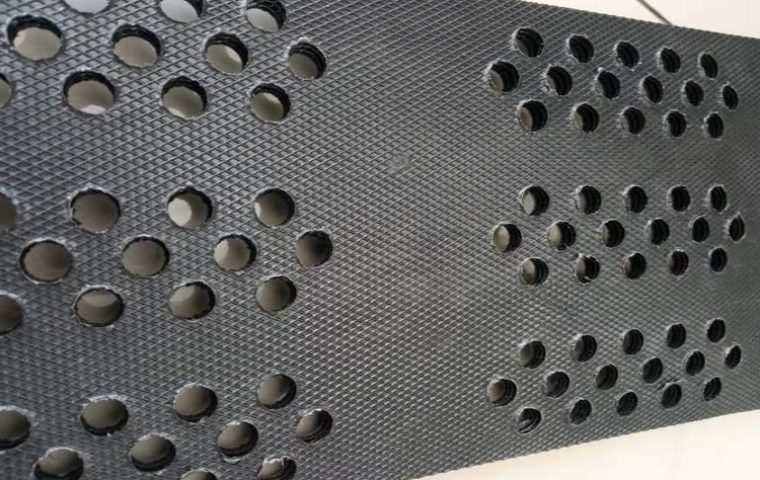Using a simple pond liner for a serious containment project is a recipe for disaster. This costly mistake seems basic, yet it happens, leading to leaks, environmental damage, and complete project failure.
A geomembrane is a broad category of heavy-duty, engineered synthetic liners for critical civil and industrial applications. A pond liner is a specific, lighter-duty type of geomembrane intended for decorative or small-scale water features like garden ponds. The key difference lies in engineering standards and durability.
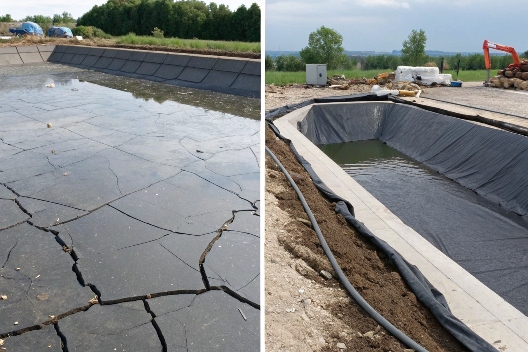
While both products hold water, thinking they are interchangeable is like comparing a heavy-duty truck tire to a bicycle tire. One is designed for high stress, longevity, and safety-critical performance, while the other is made for light, recreational use. Understanding this distinction is the first step in specifying the right material and ensuring your project's success.
Why do people often confuse pond liners with geomembranes?
It's an easy mistake to make when both products often look like large black sheets. This surface-level similarity can lead to incorrect specifications, wasted budgets, and failed projects when the wrong material is chosen.
Confusion arises because a "pond liner" is technically a specialized type of geomembrane. To a non-specialist, both appear to be simple waterproof barriers, but the term "geomembrane" implies adherence to strict engineering standards for industrial use, which "pond liner" does not.
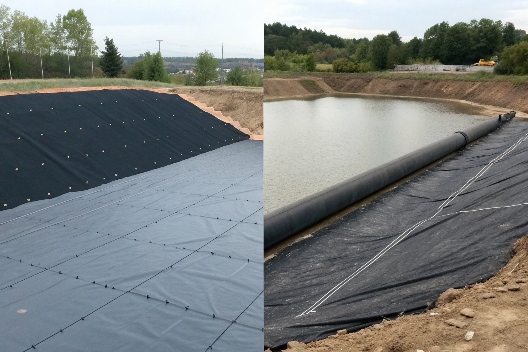
The core of the confusion stems from scope and marketing. "Pond liner" is a user-friendly term for a retail or light-commercial product. "Geomembrane," on the other hand, is a technical term used in civil engineering, mining, and environmental protection. It signifies a product that is manufactured and tested to meet specific performance criteria for strength, chemical resistance, and lifespan. While a high-quality pond liner might use geomembrane material like EPDM or LLDPE, it is rarely as thick or robust as a liner designed for a landfill or canal.
How do geomembrane materials differ from regular pond liners in strength and durability?
Your project's success depends on the liner's ability to last for decades under stress. A liner that degrades from sunlight or punctures easily is not just a defect; it's a complete system failure waiting to happen.
Geomembranes are significantly stronger and more durable due to greater thickness (up to 3.0mm+), superior raw materials like HDPE, and additives like carbon black for long-term UV and chemical resistance. This results in a 30-50 year service life versus 5-20 years for most pond liners.
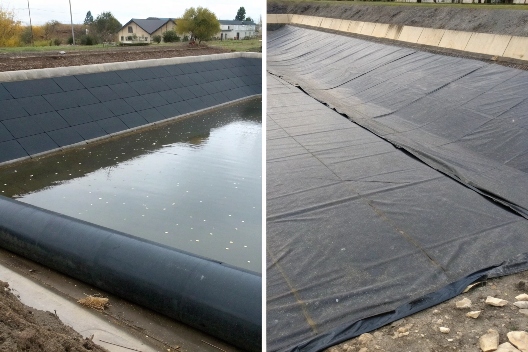
This difference isn't accidental; it's by design. Geomembranes are engineered to withstand the harsh conditions of industrial applications, where performance is non-negotiable.
Durability and Material Comparison
| Feature | Engineered Geomembrane | Typical Pond Liner |
|---|---|---|
| Typical Material | HDPE, LLDPE (High-Density / Linear Low-Density Polyethylene) | EPDM, PVC, RPE (Ethylene Propylene Diene Monomer / Polyvinyl Chloride) |
| Standard Thickness | 1.0mm - 3.0mm (40 - 120 mil) | 0.5mm - 1.5mm (20 - 60 mil) |
| UV & Chemical Resistance | High. Formulated with carbon black and antioxidants. | Variable to Low. Often requires soil cover for protection. |
| Seam Technology | Professional thermal welding (hot wedge/extrusion) with QA/QC tests. | Simple adhesives, tapes, or no seaming (pre-fabricated panels). |
| Expected Lifespan | 30 - 50+ years | 5 - 20 years |
When should I use a pond liner and when is a geomembrane the better choice?
Over-engineering a garden pond is a waste of money. But under-engineering an industrial lagoon is a catastrophic liability. Choosing the correct liner category is a critical decision based on risk and scale.
Use a pond liner for small-scale, low-risk applications like decorative ponds and small agricultural water storage. Always choose an engineered geomembrane for critical containment like landfills, mining operations, large reservoirs, canals, and wastewater treatment lagoons where failure has severe consequences.
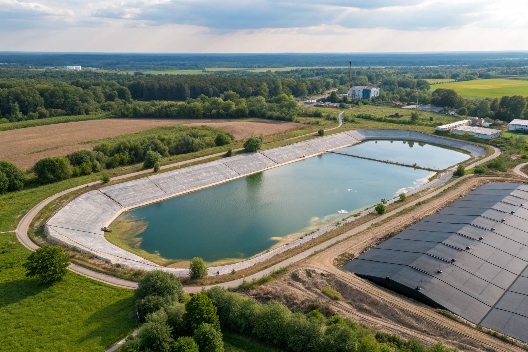
The decision comes down to one question: what is the consequence of a leak? If the answer is "a muddy backyard and some lost fish," a pond liner is likely sufficient. If the answer is "environmental contamination, regulatory fines, and structural failure," then an engineered geomembrane is the only responsible choice.
Application Guide
| Application Class | Examples | Recommended Liner Type |
|---|---|---|
| Low-Risk / Decorative | Garden Ponds, Koi Ponds, Water Features | Pond Liner |
| Light-Commercial | Small Farm Ponds, Aquaculture, Golf Course Ponds | High-Quality Pond Liner or light Geomembrane |
| High-Risk / Industrial | Landfills, Mining, Wastewater Lagoons, Power Plant Ponds | Engineered Geomembrane |
| Civil Infrastructure | Canals, Reservoirs, Tunnels, Foundation Waterproofing | Engineered Geomembrane |
How can I choose the right liner for my pond or engineering project?
You're ready to specify, but staring at technical data sheets can be overwhelming. How do you translate all those numbers into a confident decision that guarantees performance for your specific needs?
To choose correctly, first define your project's requirements: design life, chemical exposure, and regulatory standards. For engineering projects, demand a liner that meets industry certifications (e.g., GRI-GM13) and has verifiable quality control documentation from the manufacturer.
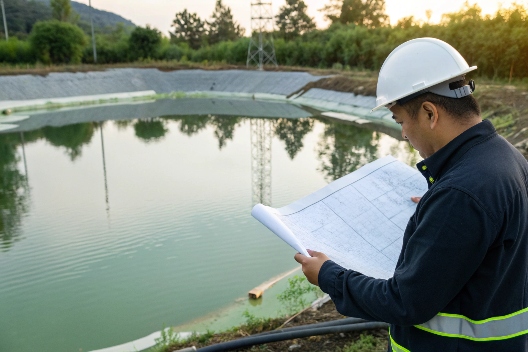
Making an informed choice is a systematic process. By answering a few key questions about your project, you can quickly determine whether you need a basic pond liner or a high-performance geomembrane.
Project Evaluation Checklist
- What is the consequence of a leak?
- Low (e.g., water loss) -> A pond liner may be suitable.
- High (e.g., contamination, fines) -> An engineered geomembrane is essential.
- What is the required service life?
- Under 20 years -> A high-quality pond liner might work.
- 30 years or more -> You must specify a geomembrane.
- Will the liner be exposed to chemicals or constant, intense UV?
- No (e.g., clean water, will be covered) -> Less critical, but UV resistance is always a plus.
- Yes (e.g., leachate, industrial waste) -> A chemically resistant geomembrane (like HDPE) is required.
- Are there regulatory or engineering standards to meet?
- No -> More flexibility in choice.
- Yes -> A certified geomembrane that meets specific standards is mandatory.
Conclusion
A geomembrane is an engineered solution for critical containment, while a pond liner is for small, low-risk applications. Choosing the right one guarantees your project's safety, longevity, and regulatory compliance.

